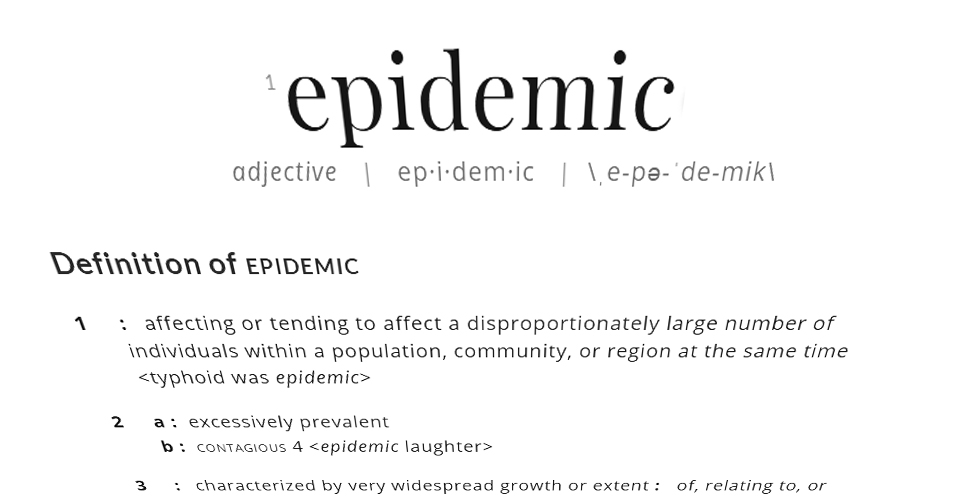What does the average heroin user look like?
Alan H. Shein, M.D., an addiction medicine specialist for Summa Health, says there is no “average’’ in this situation, because the heroin epidemic—in Ohio and nationally—touches all groups, irrespective of age, race and socioeconomic status.
Among other grim statistics, deaths from opiate overdoses in 2015 surpassed motor vehicle accidents for the first time as the primary cause of unintentional death in adolescents, says Dr. Shein.
On Wed., Oct. 26, Dr. Shein spoke to an attentive NEOMED audience on the topic “The Heroin Epidemic and Its Impact on Diverse Populations” and answered questions afterward from students eager for information about methadone maintenance programs, risks to babies born to addicted mothers, and advice on how this new generation of health care providers should approach pain management. Answering that final question, Dr. Shein said that pain management has evolved. Today, when and if pain becomes chronic, there are many alternatives to utilizing prescription opiates.
The Pulse caught up with Dr. Shein before the event for some key messages from his talk, which was presented on the University’s Embracing Diversity series.
What makes heroin an especially addictive substance?
The euphoria produced by heroin is so powerful that the person using the drug is compelled to seek out the drug to re-experience this high. An estimated one out of four people will become addicted after the very first time they use heroin. With alcohol, by comparison, an estimated one out of 15 people will develop an addiction after a single experience of drinking.
Why has heroin become so widely abused in recent years?
Opiates have always been a popular drug of abuse in our society. However, as prescription opioids have become more and more difficult to obtain, heroin has become much more available. Furthermore, the affordability and potency of heroin has made it the overwhelming opioid of choice today. (The terms opiate and opioid are used interchangeably these days.)
As a community, what can we do to fight the heroin epidemic? What can I do as an individual?
Educating the public about the devastating consequences of heroin use is imperative. Even more critical is the need for comprehensive treatment for the people suffering from opiate addiction. This includes not only detoxification services and outpatient counseling, but also providing the necessary residential support. Unfortunately, the high demand for treatment has outstripped the resources that currently exist.
What are some of the main misconceptions held by the general population?
The sooner people get over the misconception that heroin addiction just involves “the other guy,” the sooner we can successfully address this epidemic. The sad reality is that heroin is an Equal Opportunity Employer. Heroin addiction has impacted all racial, cultural and financial tiers of society.
Are particular age groups more likely to be at risk?
Although adolescents and adults over 25 are clearly at risk, by far the highest incidence of addiction is within the 18-25 age group.
What are some of the main road blocks to stopping this epidemic?
The financial gain resulting from the distribution of heroin is undoubtedly one of the major factors sustaining this epidemic. As long as there is a tremendous profit to be made and as long as there is such a high demand for heroin, people will continue to find a way to supply this deadly drug to our society.
